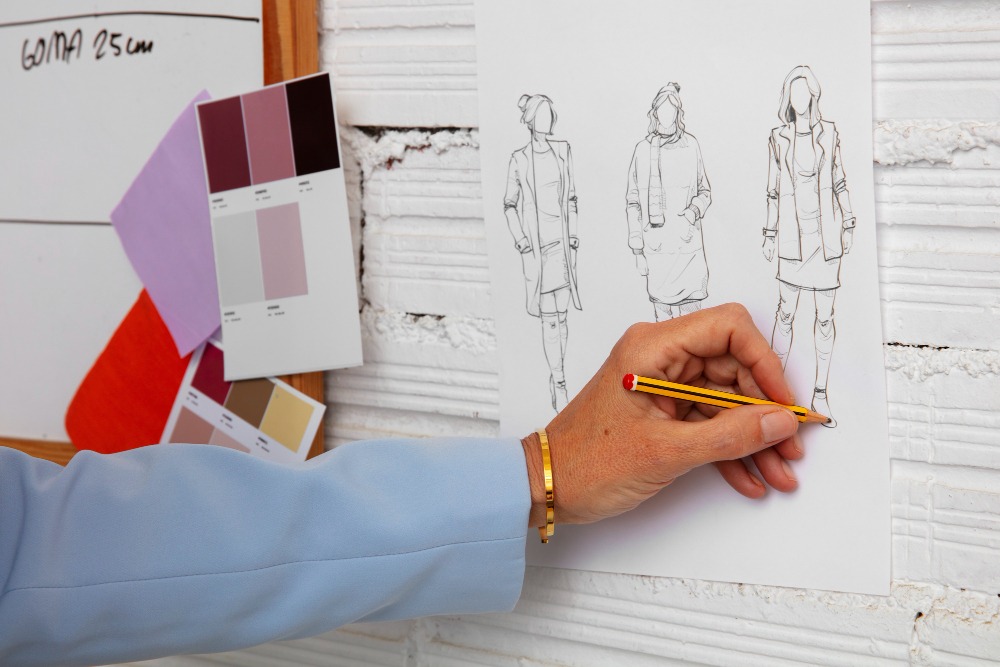Latest News

Fashion Tips and Styling

Fashion Design Techniques

Fashion Entrepreneurship
.jpg)
- fashion
- 30 July 2022
What is a Specialization in Fashion Designing
Still, it's important to learn different ways to apply your chops, If you are interested in a career in fashion. Within the world of fashion designing, there are several areas of specialization. Knowing about these options and what they number can help you concentrate your studies and choose the right career. In this composition, we explore what fashion designing specializations are, the different options you have and how to pursue particular specializations in this field. Fashion contrivers, occasionally called vesture contrivers, are creative professionals who design, produce and vend clothes and accessories. They specialize in one area of work where they study and follow changes in trends and assiduity norms. scholars in design programs can take classes in their area of interest and hunt for applicable work after scale.
Depending on your interests and skill set, there are numerous options for fastening on an area of fashion design specialisation. Then are some options from which contrivers can choose
Clothing
This is a broad area of focus for fashion contrivers who work with apparel for colorful kinds of consumers. exemplifications range from systems similar as academy uniforms to costumes. Professionals in this area handle colorful fabrics and accoutrements . They may concentrate on a single piece, like a shirt or pants, but they can also make a complete outfit. There is a wide range of apparel styles that vesture contrivers may produce, so numerous go into fortes within vesture.
Shoes
Fashion contrivers who concentrate on shoes produce footwear similar as sandals, high heels, lurkers and thrills. They may also choose to concentrate on specific orders of shoes, like functional or athletic footwear. Because shoes are generally one element of a larger outfit, footwear contrivers may unite with other kinds of contrivers to produce a matching ensemble. Shoe contrivers may produce footwear for wider cult or work simply with one customer to produce bespoke, commissioned shoe designs.
Accessories
A developer who specializes in accessories works primarily with cosmetic pieces that congratulate the rest of an outfit. They may work with a wider range of accoutrements to produce particulars similar as jewellery, pocketbooks, sunglasses and hair clips. Someone who specializes in this area may work with professionals in other areas to plan a cohesive look that incorporates their accessories.